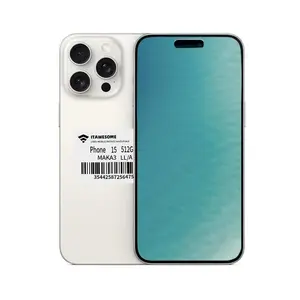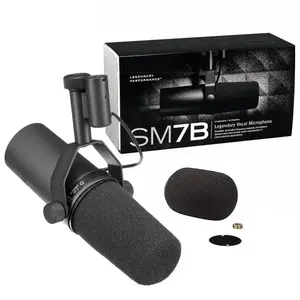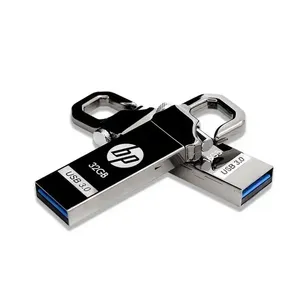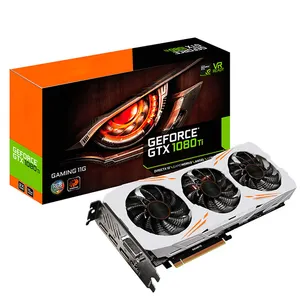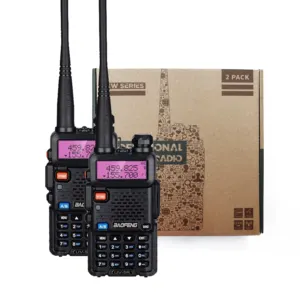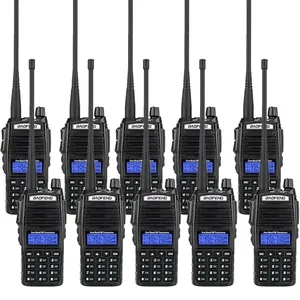Popular in your industry







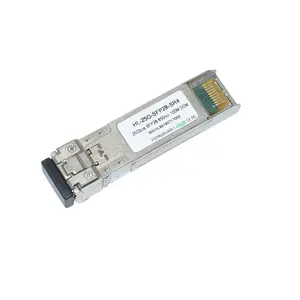




































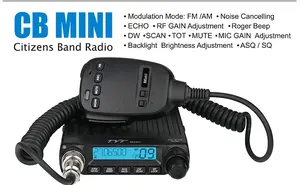









Related Searches:





































































































 Ready to Ship
Ready to Ship















































Top categories
About handheld hf transceiver
Introduction to Handheld HF Transceivers
A handheld HF transceiver is a portable two-way radio communication device that operates on high-frequency (HF) bands. These transceivers are commonly used in industries like emergency services, military, and outdoor activities where reliable communication is crucial. They offer a compact and convenient solution for long-range communication.
Types of HF Transceivers
There are various types of HF transceivers available in the market, including handheld, portable, mobile, and all-mode transceivers. Handheld HF transceivers are compact and lightweight, making them ideal for on-the-go communication. Portable transceivers offer increased power and range, while mobile transceivers are designed for vehicle installations.
Features of HF Transceivers
HF transceivers come with a range of features to enhance communication capabilities. These include multiple frequency bands (HF, VHF, UHF), all-mode operation for flexibility, digital signal processing for improved audio quality, built-in GPS for location tracking, and weather alert functions for outdoor use.
Technical Specifications
When choosing a handheld HF transceiver, it is important to consider technical specifications such as frequency range, power output, battery life, antenna type, modulation modes, and waterproof ratings. The frequency range typically covers HF, VHF, and UHF bands, ensuring versatile communication options.
Design and Durability
The design of HF transceivers focuses on durability and user-friendliness. These devices are built to withstand rugged environments and harsh conditions, with features like shock-resistant casings, waterproof seals, and ergonomic designs for comfortable handling during extended use.
Applications of HF Transceivers
HF transceivers find applications in various industries and scenarios. They are widely used by emergency responders, search and rescue teams, expedition groups, maritime professionals, and amateur radio enthusiasts. These transceivers offer reliable communication over long distances, making them essential tools in critical situations.
Connectivity Options
Modern HF transceivers are equipped with multiple connectivity options to facilitate communication. These include USB ports for data transfer, Bluetooth for hands-free operation, auxiliary ports for external accessories, and PC connectivity for programming and firmware updates. These features enhance the versatility and usability of the transceivers.
Factors to Consider When Choosing an HF Transceiver
When selecting an HF transceiver, buyers should consider factors such as frequency coverage, power output, battery life, ruggedness, ease of use, and compatibility with existing communication systems. It is essential to choose a transceiver that meets the specific communication needs of the intended use case.
Advanced Technologies in HF Transceivers
Recent advancements in HF transceiver technology have led to the integration of features like digital signal processing, software-defined radio (SDR), automatic link establishment (ALE), and frequency hopping spread spectrum (FHSS). These technologies improve communication efficiency, signal clarity, and data security in challenging environments.
Future Trends in HF Transceiver Development
The future of HF transceivers is likely to focus on enhancing data transmission speeds, expanding frequency coverage, improving battery efficiency, incorporating artificial intelligence for smart communication, and developing compact yet powerful designs. Manufacturers are continually innovating to meet the evolving needs of professional users in demanding industries.
